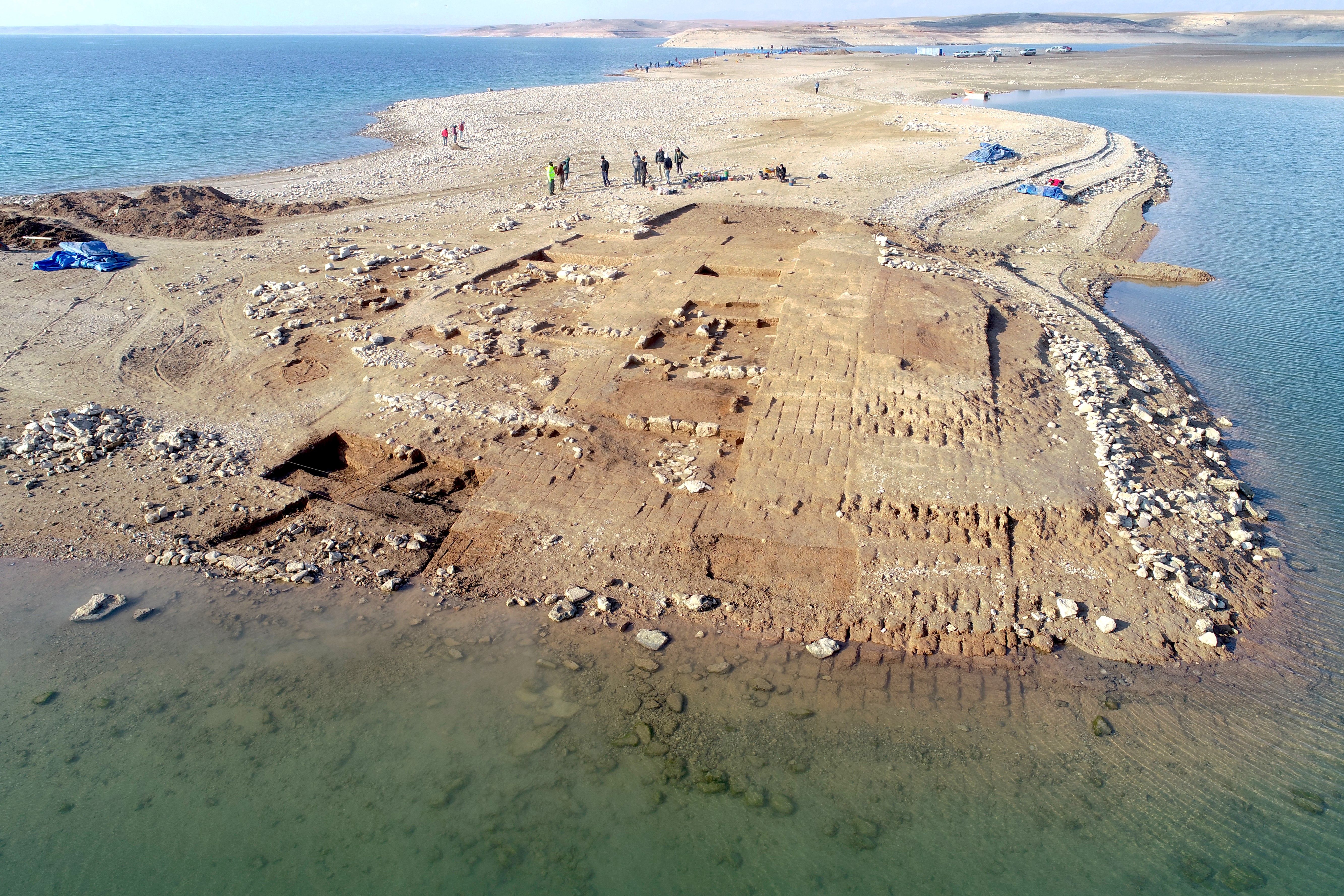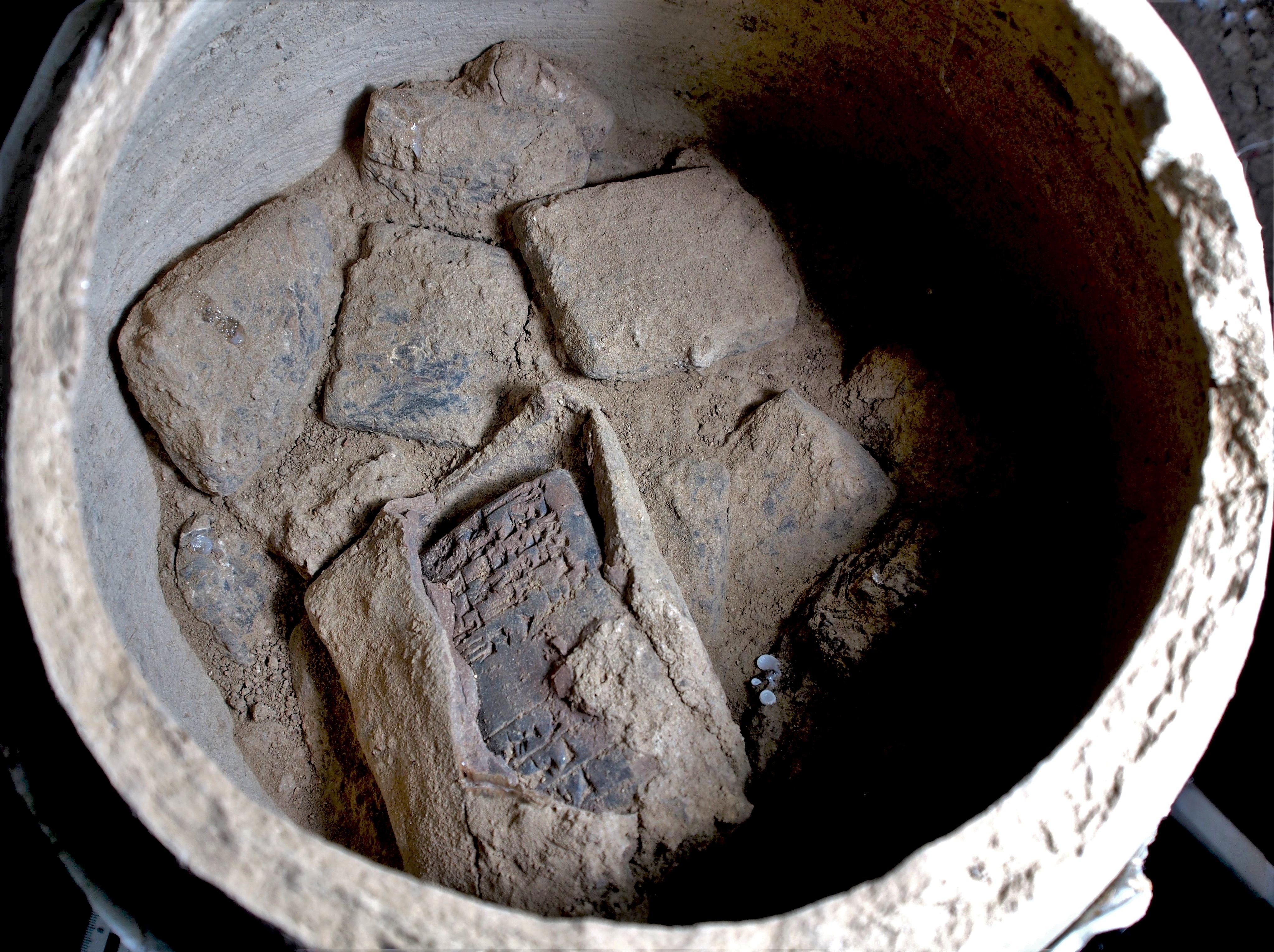Sometimes, when I think about climate change, I feel like there’s not much point to things like species preservation. If the rising temperature is going to kill most endangered species anyway, then what’s the point? At minimum, shouldn’t we invest all that money and effort into ending fossil fuel use?
The thing is, as I’ve mentioned before, we need those species. More accurately, we need functioning ecosystems, and those are made up of a diverse array of organisms. More than that, there’s ample evidence that in dealing with climate change and chemical pollution, actively working to support struggling ecosystems may help a great deal. Just as it would be dangerous to think we’re separate from the biosphere, it’s also dangerous to think that if we solve the fossil fuel problem, everything else will fall into place. In a world where we desperately need to reduce atmospheric CO2 levels, does it really matter if the plants are “local”, as long as they’re photosynthesizing and feeding insects?
Well, as it turns out, yes. It really does matter.
It is no secret that the ecological health of the planet is under serious threat. Scientists have previously identified invasive species, drought and an altered nitrogen cycle, driven in part by the widespread use of synthetic fertilizers, as among the most serious planetary challenges, with global climate change topping the list. Many have assumed that climate change would consistently amplify the negative effects of invasives—but, until now, there was no research to test that assumption.
“The good news,” says Bethany Bradley, professor of environmental conservation at UMass Amherst and the paper’s senior author, “is that the bad news isn’t quite as bad as we thought.”
To reach this conclusion, the team, led by Bianca Lopez, who conducted the research as part of her postdoctoral training at UMass Amherst, and Jenica Allen, professor of environmental conservation at UMass Amherst, conducted a meta-analysis of 95 previously published studies. From this earlier work, the researchers found 458 cases that reported on the ecological effects of invasive species combined with drought, nitrogen or global warming.
“What we found surprised us,” says Lopez. “There were a number of cases where the interactions made everything worse at the local scale, which is what we expected to see, but only about 25% of the time. The majority of the time, invasions and environmental change together didn’t make each other worse. Instead, the combined effects weren’t all that much more than the impact of invasive species alone.”
That surprised me, too, when I first read this, but have you ever seen what it looks like when an invasive plant takes over an area? Growing up, I spent a lot of time with my dad as he studied garlic mustard. It’s a biennial plant from the UK that can be used as an herb in cooking (hence the name), and is remarkably good at generating vast amounts of durable seeds. In the US, one plant setting seed is enough for them to start taking over. They spread so densely that nothing else can grow, and if you want to kill off a population, you have to uproot and remove the flowering plants every year for something like five years before you can be sure that there aren’t any seeds that will just sprout and undo all your work.
Another one I’ve worked with is honeysuckle – a woody shrub brought to the US from Asia as a decorative plant, if memory serves. Like the garlic mustard, when it takes over, it chokes out everything else, but the effect is more extreme and obvious. I’m not certain that it’s allelopathic, but it sure seems like it is, because nothing grows under them. Part of that is also because they put out leaves not just before trees do, but before spring wildflowers do. Normally, a forest will have a variety of plants growing in the understory, for a variety of reasons. In large parts of the U.S., honeysuckle forms such a dense layer that it’s like a green fog over the landscape in the early spring, and it’s just bare soil and dead leaves underneath that fog.
So really, it shouldn’t have surprised me. Invasive species cause major changes to the landscape when they take root, and it makes sense that an ecosystem that’s missing so many plant species will operate very differently from one that has a healthy level of diversity.
“What is so important about our findings,” says Allen, “is that they highlight the critical importance of managing invasive species at the local scale.” And the local scale is precisely the scale at which effective and swift action is most likely to happen.
In fact, as Allen points out, it already is. “Organizations like the Northeast Regional Invasive Species and Climate Change (RISCC) Network, which is a consortium of scientists and natural resource managers dedicated to sharing information and best practices about dealing with invasives, are already implementing a whole range of proactive practices to deal with invasive species.” And because confronting invasive species is comparatively cost-effective and doesn’t require future technological innovation, real progress can be made right now, especially by preventing the spread of invasive plants before they take over.
“Our work shows that dealing with invasive species now will make our ecosystems more climate resilient,” says Bradley.
And as we know, resilience is key. There’s a tendency among modern left-wing climate activists of dismissing the environmentalist movement of the 20th century. To a depressingly large degree, I think that’s valid. While the movement did have some real successes, it was rotten with white supremacy, colonialism, and outright lies about indigenous people “mismanaging” the land. I say it “was” that way, but it often still is. That said, the focus on native species and the control of invasive species continues to be something that they got right.
If you’re looking for something to do about climate change, and you’re not sure where to start, you could do worse than looking into local efforts to deal with invasive species, and joining with those. I’ll just say that if you’re new to this stuff, try to get some actual training before you start uprooting plants – sometimes it’s extremely hard to be certain what kind of thing you’re dealing with (that applies to animals and fungi as well), so look for efforts that are associated with a university of a nature center.
None of this stuff will lessen the need for revolutionary systemic change, but everything we can do to buy ourselves room to maneuver is worth doing. Helping your local ecosystem means helping your region with climate change, and if you do it with a group that’s already active, then it’s a way for you to network and organize.
If you like the content of this blog, please share it around. If you like the blog and you have the means, please consider joining my lovely patrons in paying for the work that goes into it. Due to my immigration status, I’m currently prohibited from conventional wage labor, so for the next couple years at least this is going to be my only source of income. You can sign up for as little as $1 per month (though more is obviously welcome), to help us make ends meet – every little bit counts!


